
NASA Reveals Images of a Massive Asteroid That Could Destroy Earth
Asteroid Impact on Earth
The Cretaceous-Paleogene Extinction Event About 66 million years ago, a significant event occurred that reshaped life on Earth - a massive asteroid impact near the Yucatán Peninsula in Mexico. This cataclysmic event triggered the Cretaceous-Paleogene extinction, leading to the demise of about three-quarters of Earth's species, including the mighty dinosaurs. The consequences of this impact significantly altered Earth's environment, paving the way for the rise of mammals and eventually the evolution of Homo sapiens.

The transformation of the climate, geography, and ecology of the planet after the asteroid impact created conditions unfavorable for dinosaurs but ultimately advantageous for the development of human life. This event serves as a profound example of how cosmic events can dramatically alter the course of life on Earth. If a similar asteroid were to collide with Earth today, it would likely have catastrophic consequences for human civilization.
Known Risk
The Inevitability of an Asteroid Collision For decades, the scientific community has been aware that Earth faces a significant risk of a major asteroid impact. In fact, such an event is not a question of if, but when. The certainty of an asteroid impact on Earth is 100 percent; the only unknown is the timing of such an event. Hollywood has often depicted asteroid apocalypses in movies like the blockbuster "Armageddon" from 1998, where a heroic cast faces the threat of an asteroid impact.

Although "Armageddon" presents a dramatized and fictional narrative, it draws attention to a very real danger. For example, the asteroid Bennu poses a genuine threat to Earth. The potential consequences of an impact from an asteroid like Bennu are not science fiction but a legitimate scientific concern.
Origins of Asteroids
Asteroid Origins Asteroids, like the potentially devastating space rock Bennu, are believed to have formed during the early stages of our solar system's history. About 4.6 billion years ago, the gravitational collapse of a massive molecular cloud of dust and gas led to the birth of the Sun, planets, moons, and numerous smaller celestial bodies, including asteroids.
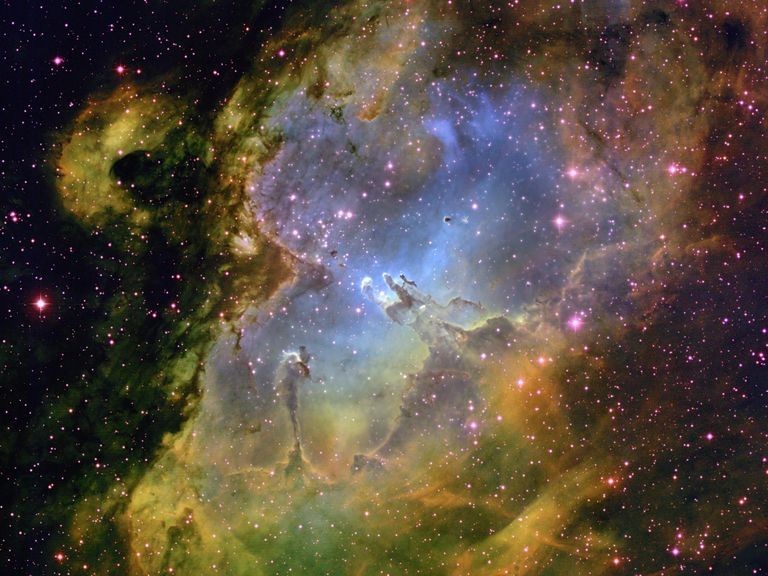
These rocky entities vary greatly in size, ranging from small pebbles to huge objects hundreds of miles in diameter. Asteroids are remnants of primordial material that did not coalesce into planets, providing valuable insights into the conditions and processes that shaped our solar system.
Asteroid Fragments
Meteorites Occasional Visitors to Earth Small pieces of asteroids and other space debris frequently enter Earth's atmosphere. Most of these celestial bodies burn up upon entry and appear as shooting stars or meteors to observers on the ground. However, about ten times a year, a small piece of this space rock survives the fiery descent and reaches the Earth's surface. These fragments, known as meteorites, can create small impact craters upon landing.
While the likelihood of being hit by a meteorite is extremely low, these extraterrestrial visitors offer invaluable scientific information. Meteorites are extensively studied to find clues about the composition of the solar system and the conditions in its early stages of formation.
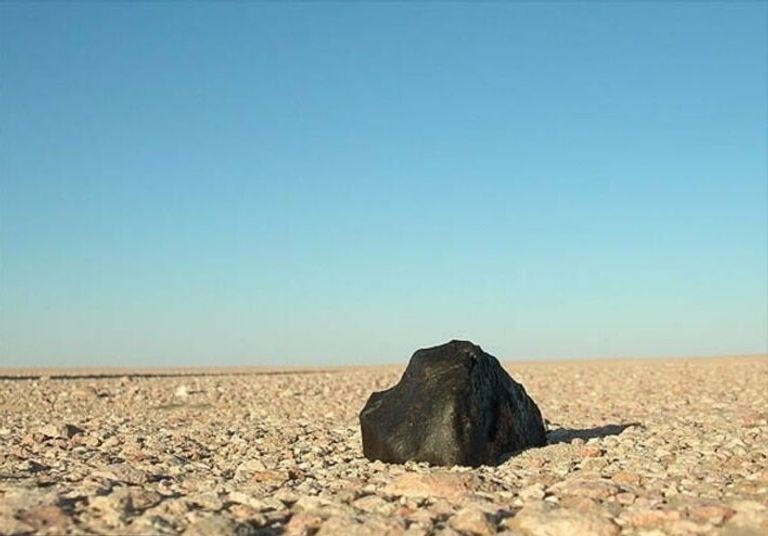
Impacts of a Large Asteroid like Bennu The potential impacts of an asteroid the size of Bennu are cause for serious concern. An asteroid of this size colliding with Earth would unleash an immense amount of kinetic energy, equivalent to the detonation of tens of thousands of atomic bombs. The immediate effects would include massive shockwaves leading to widespread earthquakes and tsunamis.
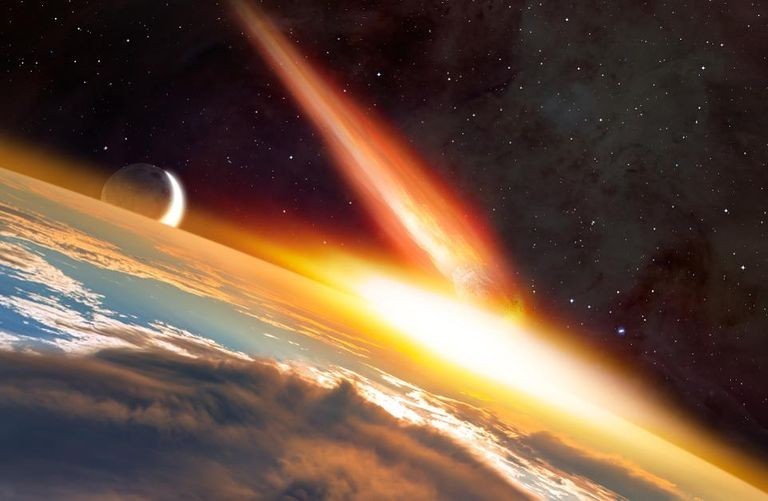
In the long term, the impact would likely hurl a massive dust cloud into the atmosphere, significantly cooling the planet and potentially triggering a "nuclear winter" scenario. This prolonged period of reduced sunlight would have devastating effects on Earth's ecology.
"Close" Encounters
Space teems with thousands of space rocks orbiting in relative proximity to Earth, with "close" here meaning a distance of about 120 million miles. Most of these celestial bodies are grouped in the asteroid belt between Mars and Jupiter. However, Bennu stands out as one of the 200 known asteroids whose orbit is very similar to Earth's, completing an orbit around the Sun every 436 Earth days.
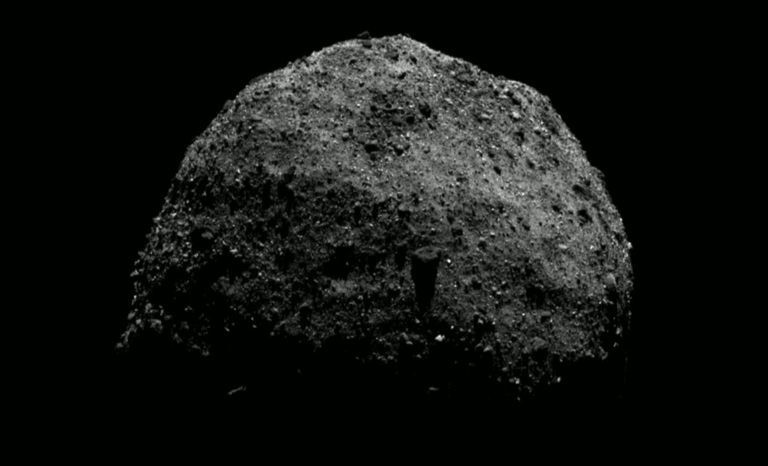
This proximity brings it alarmingly close to our planet, approximately every six years. The regular close encounters with Earth make Bennu a subject of great interest and concern for astronomers and space scientists.
A New Name
Originally identified as 1999 RQ36, Bennu's current name has a rather charming origin. In 2013, a nine-year-old boy named Mike Puzio won a competition to rename the asteroid, inspired by NASA's OSIRIS-REx spacecraft. Puzio found that the spacecraft resembled the neck and wings of the ancient Egyptian deity Bennu, often depicted as a heron in mythological illustrations.
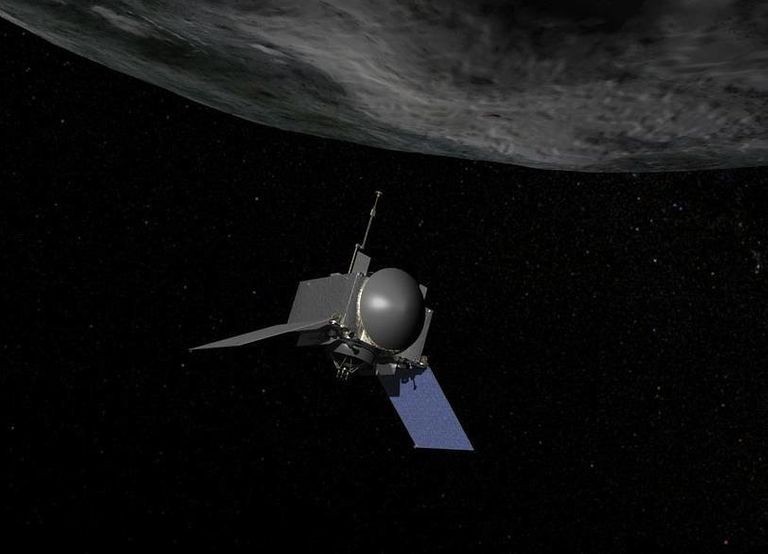
This renaming not only humanizes the celestial object but also highlights the growing public interest and engagement in space exploration. It is a testament to how space and science can capture the imagination of people of all ages.
Unlandable
With a width of about 1650 feet, Bennu is considered a relatively large asteroid. This size plays a crucial role in space exploration, as larger asteroids provide a more stable platform for spacecraft landings. In contrast, smaller asteroids, typically those with a diameter of less than 650 feet, tend to spin rapidly, creating challenging conditions for landing missions.
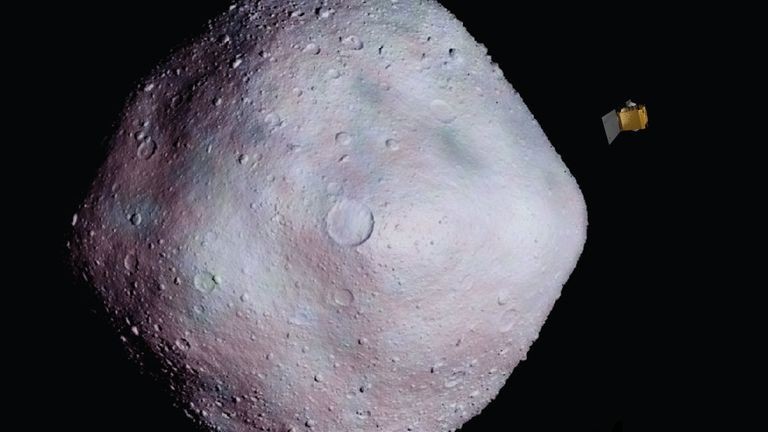
As technology advances, we are gradually expanding our ability to explore a wider range of space rocks. The exploration of these celestial bodies offers invaluable insights into the formation and evolution of our solar system.
Utilization of OSIRIS-REx
Bennu has notably captured NASA's attention, leading to the dispatch of the OSIRIS-REx mission. This $800 million endeavor is a marvel of modern space exploration, with the acronym standing for Origins, Spectral Interpretation, Resource Identification, Security, Regolith Explorer. The mission of OSIRIS-REx is to closely observe Bennu, equipped with an arsenal of sophisticated detection instruments and advanced robotics.
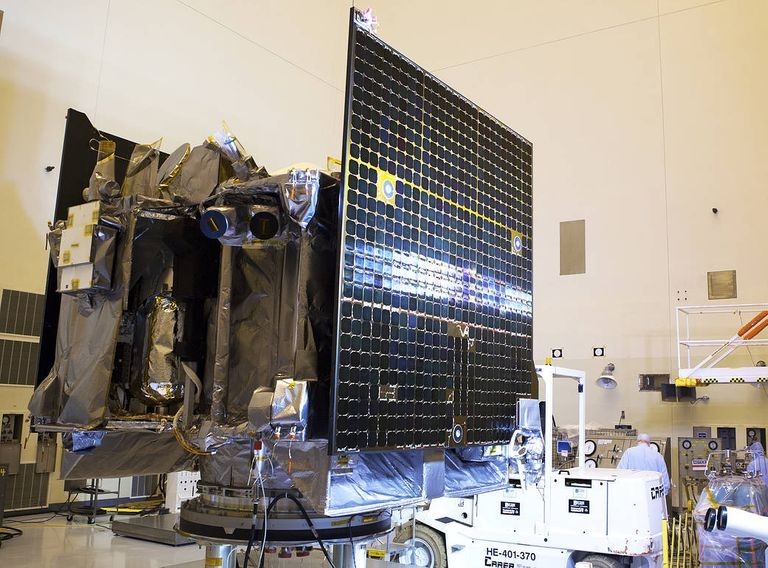
One main objective of this mission is to collect at least two ounces of surface material from Bennu and return it to Earth. This ambitious mission aims to shed light on the conditions of the early solar system.
Sample Collection
The reason for NASA's eagerness to bring asteroid samples back to Earth lies in the limitations of analysis in space. While the OSIRIS-REx spacecraft is equipped with advanced technology, the most comprehensive scientific analyses require equipment that is too large and complex to be accommodated on a spacecraft.

Therefore, bringing samples back to Earth opens up a wealth of testing and research opportunities with state-of-the-art laboratory equipment. However, this approach introduces additional complexities and risks for the mission.
Not the First
When OSIRIS-REx fulfills its mission, it will not be the first time an asteroid sample has been brought back to Earth. Japan's Hayabusa spacecraft holds the distinction of achieving this in 2010 for the first time. Hayabusa 2 follows in its predecessor's footsteps and is currently en route to the asteroid Ryugu, aiming to continue the legacy of asteroid exploration and sample return.
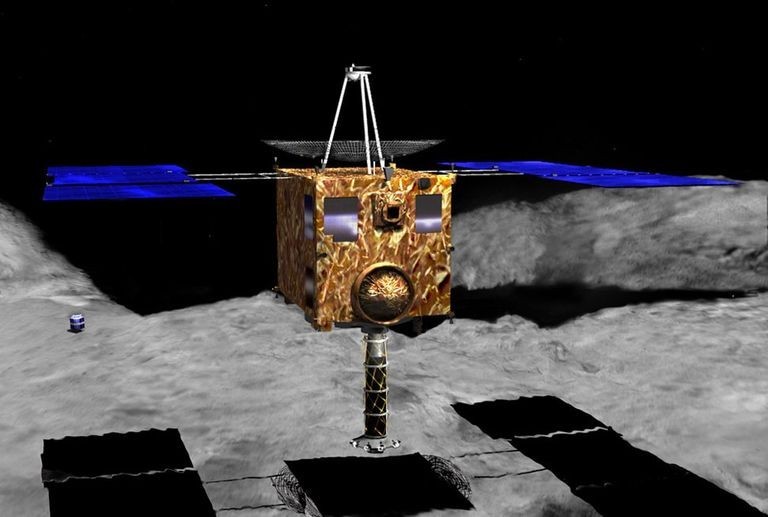
These missions signal a growing global interest and capability in asteroid study, highlighting the collaborative and competitive nature of space exploration. They also underscore the importance of international efforts.
New Frontier Spacecraft
The OSIRIS-REx mission is a significant component of NASA's New Frontiers program, aimed at using smaller, cost-effective spacecraft to explore our solar system. This program has already achieved notable successes with missions like New Horizons and Juno, delivering groundbreaking data on Pluto and Jupiter.

Selected from multiple competing proposals in 2011, OSIRIS-REx underscores NASA's commitment to innovative and targeted exploration. The New Frontiers program embodies a strategic approach to space exploration.
Five Instruments
The OSIRIS-REx mission, having received approval and funding, is now fully operational and pursuing its ambitious goals. At the core of its mission are five specialized instruments onboard the spacecraft, each designed to analyze the surface of the asteroid Bennu in unique and complementary ways. One of these instruments is the Visible and Infrared Spectrometer (OVIRS), crucial for detecting organic compounds and various minerals.
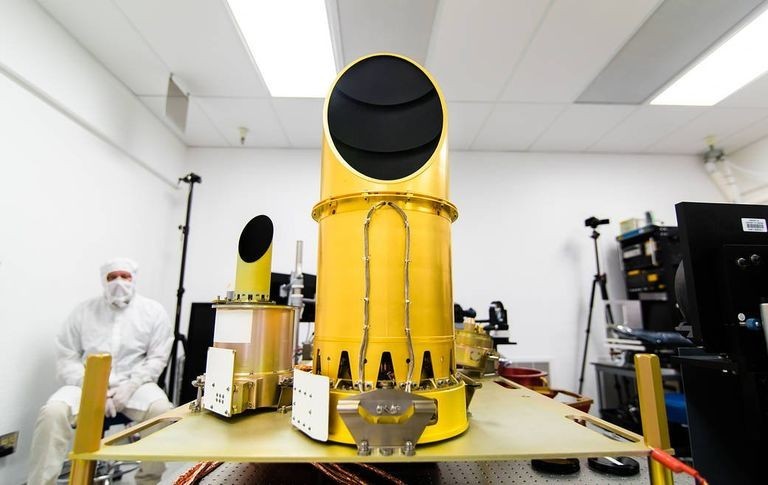
OVIRS works by measuring light in the near-infrared and visible spectrum. This method allows for identifying the composition of materials on Bennu by analyzing the specific frequencies of light absorbed by their molecular structures.
Measuring Temperature
Complementing OVIRS, the Thermal Emission Spectrometer is another critical instrument aboard the probe. Its primary function is to measure the surface temperature of Bennu, essential for understanding the asteroid's thermal properties and behavior. Like OVIRS, this spectrometer plays a vital role in locating and identifying concentrations of chemicals and minerals on the asteroid.
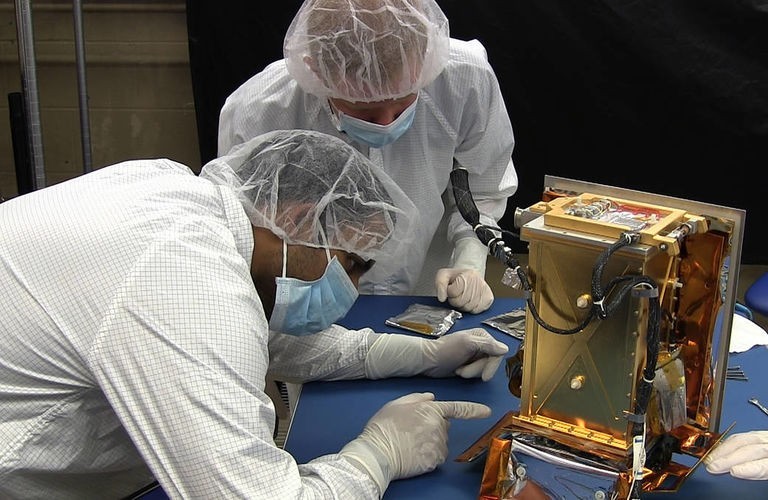
The synergy between these two instruments is crucial; together, they enable NASA scientists to comprehensively map Bennu's surface. This mapping is crucial for selecting the most promising sites for sample collection.
Filming the Process
The third vital component of the probe's scientific instrument suite is its high-resolution camera system, consisting of three cameras PolyCam, MapCam, and SamCam. PolyCam is responsible for capturing the first images of Bennu and identifying potential sample sites. Subsequently, MapCam takes over to search for satellites around the asteroid and create detailed topographic maps.
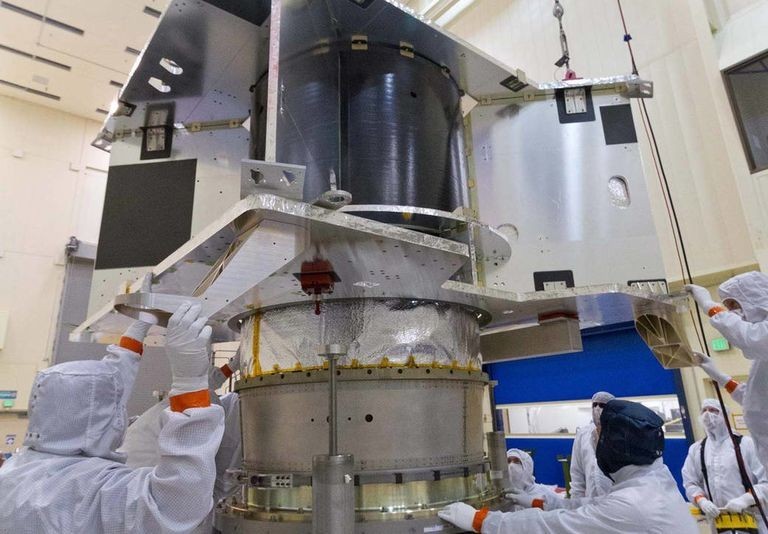
These maps are crucial for understanding the asteroid's geography and identifying potential hazards or areas of particular scientific interest. Finally, SamCam documents the sample collection process.
Detailed Scan
The OSIRIS-REx Laser Altimeter (OLA) is another innovative instrument aboard the spacecraft. OLA's main function is to conduct a thorough scan of Bennu's surface and collect precise topographic data. This data is then transmitted back to Earth, where it is used to construct highly detailed 3D models of the asteroid. These models are invaluable for understanding Bennu's shape, surface features, and potential landing sites.
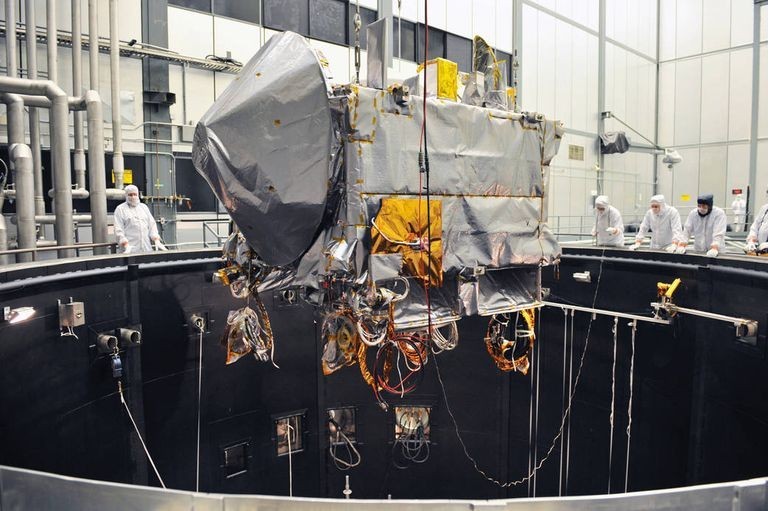
The use of similar laser altimetry technology on Earth has resulted in significant archaeological discoveries. This underscores the versatility and power of this technology in unveiling hidden secrets.
Regolith X-Ray
The fifth and final instrument aboard the probe is the Regolith X-ray Imaging Spectrometer (RExIS). RExIS is designed to detect X-rays emitted by Bennu, crucial for understanding the elemental composition of the asteroid. The data collected by RExIS is used to create a detailed map of the elemental distribution on the asteroid.
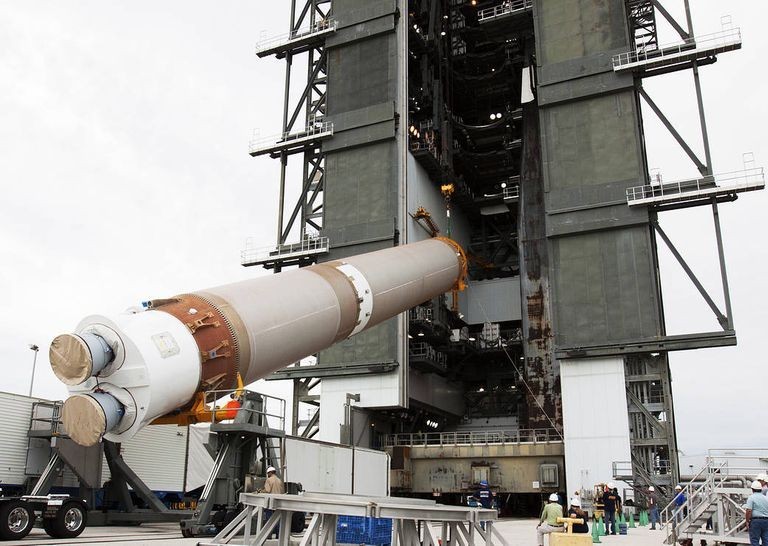
This map will reveal the atomic structure of the asteroid's surface materials and provide insights into the building blocks that make up Bennu. Such information is not only important for understanding the asteroid itself.
Understanding Cosmic Time
The overarching goal of the OSIRIS-REx mission is to enhance our understanding of the solar system. Asteroids like Bennu are akin to time capsules, preserving a record of the conditions and materials present in the early solar system. By studying these primordial materials, scientists hope to gain insights into the processes of planet formation and the early history of our solar system.
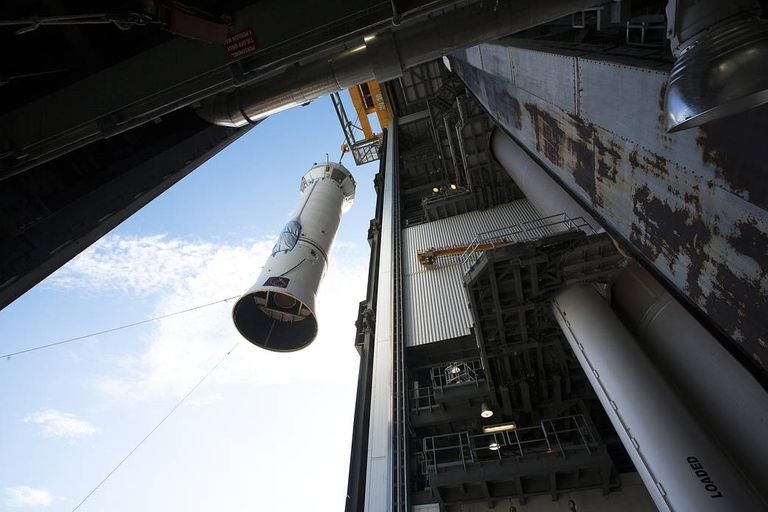
This exploration is akin to studying the fossil record of the Earth; just as fossils have illuminated the history of life on our planet, asteroids can shed light on the cosmic processes that shaped our solar environment.
Life Beyond Earth
NASA's interest in Asteroid Bennu extends beyond mere space exploration; it delves into the profound question of the origins of life. The intriguing hypothesis that life on Earth may have originated from extraterrestrial sources, specifically through asteroid impacts, is gaining traction with the study of Bennu. This asteroid is particularly notable due to its high concentration of carbon-rich materials fundamental for organic compounds.
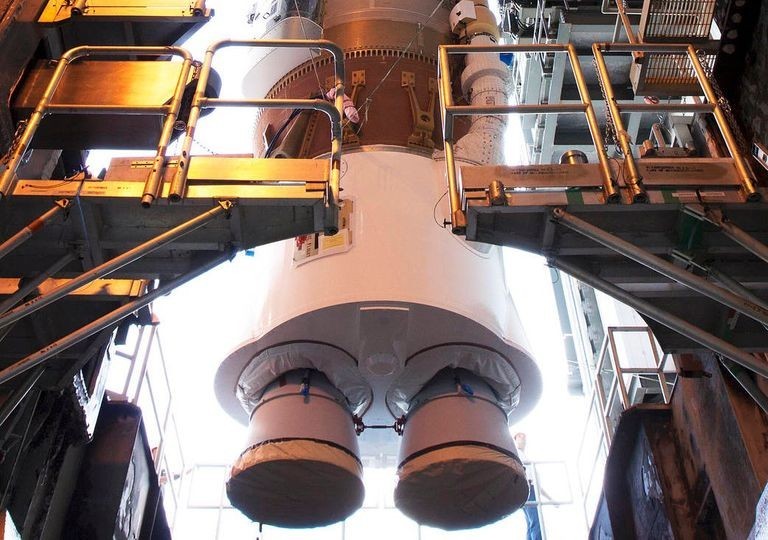
The detailed analysis of Bennu's composition could shed light on the original ingredients that led to life as we know it. This exploration could reveal complex organic molecules or even amino acids.
Great Value
The monetary potential of Asteroid Bennu is another aspect that captivates scientists and investors alike. Recognized as a treasure trove of valuable resources, Bennu represents a new frontier in space exploration and exploitation. Dante Lauretta, the principal investigator of the OSIRIS-REx mission, highlighted in 2013 the role of the mission in developing technologies crucial for asteroid exploration and mining.
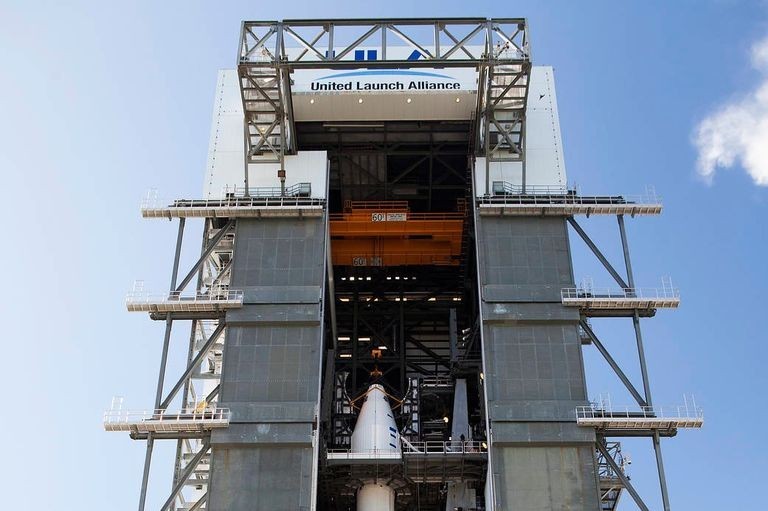
The prospect of extracting materials from Bennu, be it rare minerals, metals, or even water as fuel, could revolutionize how we procure resources. This shift could lead to a sustainable model of resource utilization.
Space Mining
The growing interest in asteroid mining is not limited to state space agencies like NASA; it is increasingly attracting private companies as well. With an unprecedented surge in private investments in the space sector, the concept of asteroid mining is transitioning from science fiction to a plausible reality. The economic and technological feasibility of asteroid mining could soon surpass traditional, Earth-based extraction methods.

In the near future, asteroids like Bennu could become the focal point of a space-based industry providing essential materials for space colonization and deep space missions. This prospect not only opens up new economic opportunities.
Terraforming
The insights gained through the OSIRIS-REx mission go far beyond academic curiosity; they have practical applications in planetary defense and strategies for space colonization. Understanding the trajectories of asteroids like Bennu is crucial for predicting and potentially altering their paths to prevent catastrophic impacts with Earth. Furthermore, this knowledge could be pivotal in ambitious projects such as terraforming.

In 2017, the Lake Matthew Team proposed the Mars Terraformer Transfer, a bold plan involving the intentional collision of an asteroid with Mars. According to the proposal, this impact could release significant amounts of water from Martian rock, create permanent lakes, and potentially transform the Martian environment for human colonization.
Releasing Water
The concept behind the Mars Terraformer Transfer is based on triggering a controlled asteroid impact to release the trapped water reserves on Mars. This collision would not only generate heat to melt the frozen groundwater but also create a sustainable water source for future Martian colonies. This innovative approach could circumvent the daunting task of terraforming the entire planet and instead focus on creating habitable zones.

The resulting Martian lakes could support the establishment of human outposts and significantly lower the technological and logistical barriers to colonizing Mars. This idea embodies the creative use of asteroid dynamics in shaping future strategies for space exploration and settlement.
Blowing Up the Asteroid
Another critical aspect of understanding asteroid trajectories, as shown by the study of Bennu, is preventing potential collisions with Earth. The scenario depicted in the movie "Armageddon," where a team diverts an asteroid threatening Earth, is not entirely far-fetched. Future missions, similar to OSIRIS-REx, could be equipped with technologies to precisely alter the trajectories of hazardous asteroids.

Such capabilities would be crucial for planetary defense and offer a more controlled and scientific approach compared to the dramatic solutions portrayed in the media. The development of these technologies could represent a significant milestone for the long-term safety and survival of our planet.
OSIRIS-REx Launch
The OSIRIS-REx mission marks a critical turning point in space exploration and planetary defense. Launched in September 2016, the spacecraft's initial journey involved a gravitational assist maneuver, cleverly utilizing Earth's gravity. This slingshot effect accelerated the probe and sent it on its way to Bennu at increased speed.
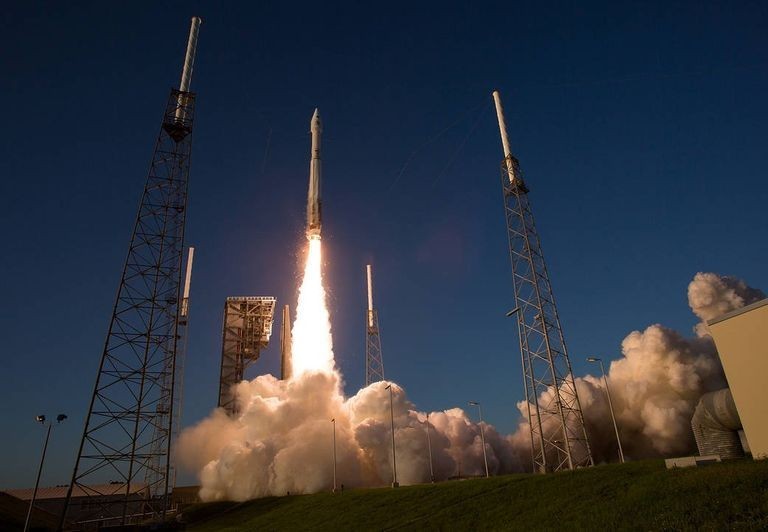
The gravitational assist not only showcases the ingenuity of space navigation techniques but also underscores the interconnectedness of celestial bodies in our solar system. As OSIRIS-REx began its mission, it provided a fleeting glimpse of our planet, a poignant reminder of Earth's place in the vast cosmos.
Eerie Images
The flyby of the Earth by the OSIRIS-REx probe was a resounding success, demonstrating the precision and reliability of modern space navigation. Flying by at approximately 11,000 miles from the Antarctic, the spacecraft gained an additional 8,500 miles per hour in speed—a testament to the effectiveness of the gravitational assist maneuver. This critical phase not only accelerated the probe on its way to its target but also offered a unique opportunity for Earth observation.

During this fleeting encounter, OSIRIS-REx captured stunning and impressive images of Earth and the Moon, showcasing the beauty of our planet from a rare perspective. These images serve not only as breathtaking visualizations but also as valuable data.
Target in Sight
On December 3, 2018, OSIRIS-REx finally arrived near Bennu, marking a significant milestone in this ambitious mission. This moment was the culmination of a 27-month, billion-mile chase through the expanse of space, a journey that tested the limits of human ingenuity and space technology. However, reaching Bennu was just the beginning of the challenge.

NASA scientists then faced the complex task of maneuvering the probe into orbit around the asteroid. This phase of the mission required precision and careful planning, as any computational error could jeopardize years of efforts and investments.
Working in Microgravity
Orbiting Bennu required extensive preparations and precise execution. Before the orbital maneuver was initiated, the NASA team carefully measured the shape, mass, and gravitational field of the asteroid. As Heather Enos, OSIRIS-REx Deputy Principal Investigator, explained, navigating around an object with negligible gravity poses unique challenges.
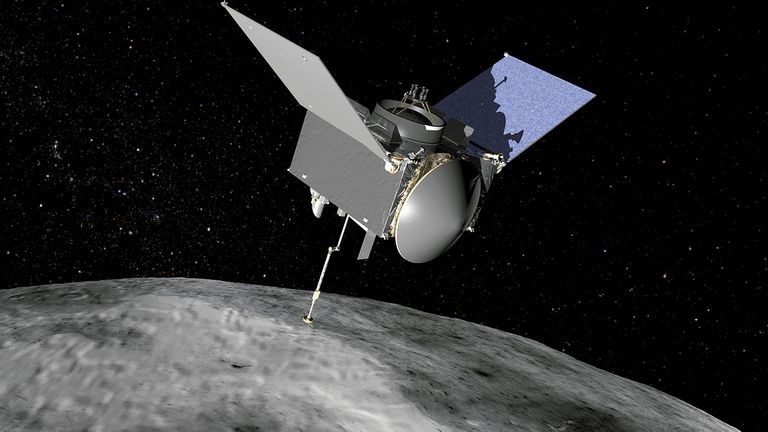
This necessitated a deep understanding of the physical properties of the asteroid to ensure safe and accurate positioning of the spacecraft. Each step of the approach was informed by these measurements.
Not That Big
The successful placement of OSIRIS-REx into orbit around Bennu on December 31, 2018, was a historic achievement for NASA. This feat set two significant records in space exploration. Bennu became the smallest celestial body ever orbited by a spacecraft, highlighting the unprecedented precision and technical mastery of the mission.

Furthermore, OSIRIS-REx achieved the closest orbit of such a small body in space, sometimes at only a mile distance from the asteroid's surface. These records underscore the groundbreaking nature of the mission.
Examining the Asteroid
Since entering orbit around Bennu, OSIRIS-REx has been diligently examining the asteroid's surface. During flybys at an average distance of about four miles, the probe collects detailed data on Bennu's topography, including its poles and equator. This comprehensive study is crucial for understanding the geology, composition, and potential hazards of the asteroid.
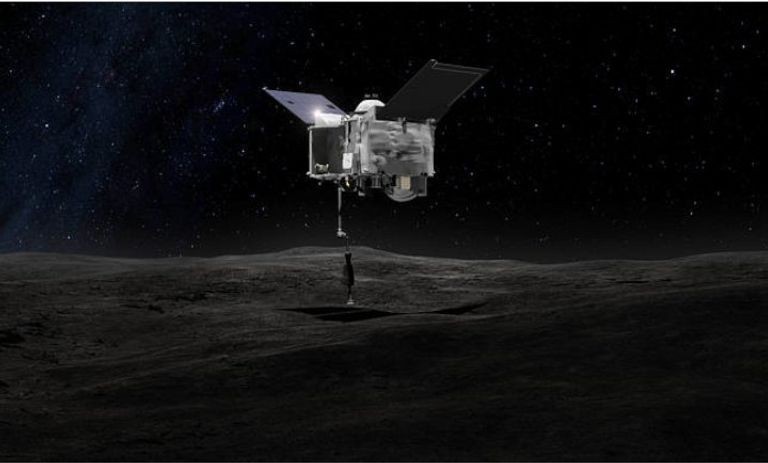
The collected information is being carefully analyzed by scientists to inform future mission decisions. This ongoing study is not only critical for the primary objectives of the mission.
Long-Debated Landing
One of the crucial decisions of the mission is determining the optimal location for sample collection. This decision will only be made after extensive data collection and analysis, expected to take about a year and a half. In July 2020, mission managers plan to present two potential landing sites, with the final selection following shortly after.
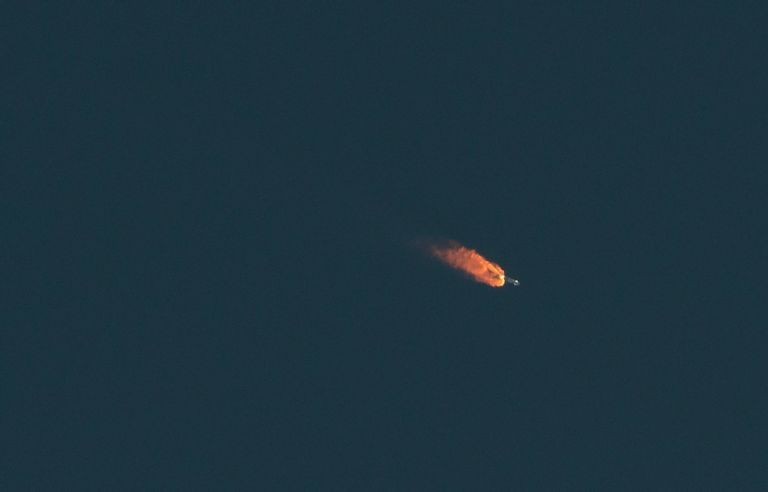
This careful and thoughtful approach ensures that the chosen site offers the best chance for successful sample collection while minimizing risks to the spacecraft. The selection process takes into account various factors.
Approach
Once the sample collection site is chosen, OSIRIS-REx will undertake the critical task of collecting a sample from the surface of Bennu. This operation, meant to be extremely brief, has been likened to a gentle kiss and will only last a few seconds. The Touch-And-Go Sample Acquisition Mechanism (TAGSAM) of the spacecraft is designed to efficiently capture surface material during this brief contact.
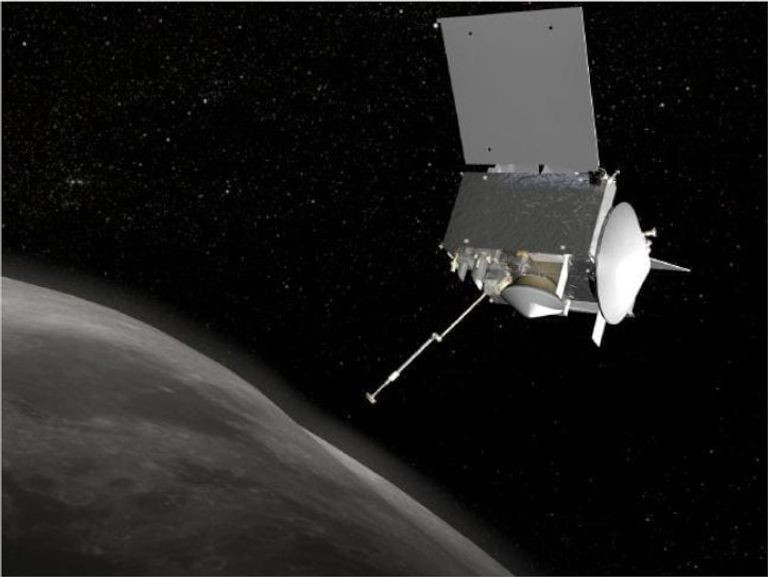
The design of TAGSAM reflects the balance between the need for a swift touch for risk mitigation and the requirement to collect a sufficient amount of material for analysis. This mechanism represents a significant technological innovation.
Blasting with Nitrogen
The TAGSAM device plays a crucial role in the sample collection process. It uses bursts of nitrogen gas to stir up and lift particles from the asteroid's surface. This method is designed to effectively capture both rock fragments and dust, which are then secured in the sample chamber. Equipped with three nitrogen gas bottles, OSIRIS-REx allows for multiple sample collection attempts if needed.
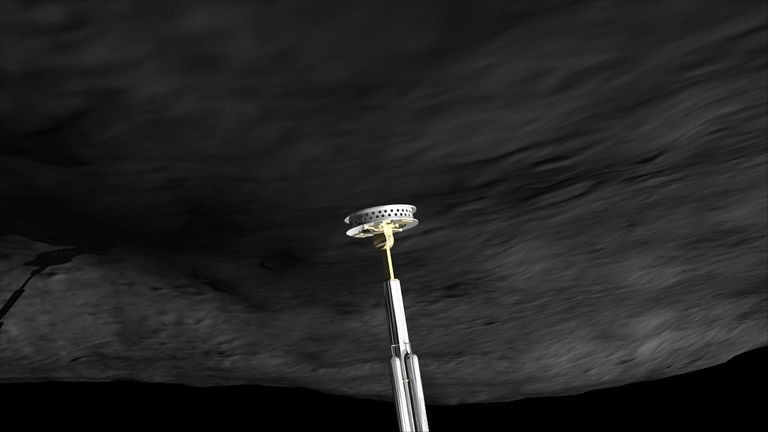
This redundancy is a strategic provision that considers the uncertainties and challenges of operating in the unpredictable environment of space. The success of this sample collection maneuver could provide invaluable insights.
Two Ounces to Success
The success of the OSIRIS-REx mission hinges on procuring a substantial sample from the asteroid Bennu. The mission's goal is to collect at least two ounces of material, but to account for potential measurement deviations and maximize scientific output, the team aims to gather about five ounces. The Touch-And-Go Sample Acquisition Mechanism (TAGSAM) aboard the spacecraft is designed with significant capacity and can hold up to 70 ounces of material.

This additional capacity serves not only as contingency planning but also provides the opportunity to exceed mission objectives if conditions on Bennu are favorable. The ability to collect a larger sample would offer scientists more material for analysis.
Long Journey Home
After the asteroid sample is successfully collected, OSIRIS-REx will embark on its long journey back to Earth. The spacecraft is set to begin its return in March 2021, following a complex flight path that will span approximately two and a half years. In September 2023, the probe is scheduled to release its precious cargo of asteroid rocks to Earth. The sample is expected to land by parachute and fall to Earth in the vast deserts of Utah.

This moment will mark the culmination of an extraordinary space mission and herald the beginning of a new chapter in exploring our solar system. The safe return of the sample is paramount.
Unlikely Encounter
While the potential for an asteroid like Bennu to collide with Earth raises concerns, current assessments by NASA indicate that the likelihood of such an event is relatively low. According to NASA's calculations, there is a one in 2,700 chance that Bennu could impact Earth in the latter part of the 22nd century.

For this event to occur, a significant alteration in Bennu's current trajectory during its 2135 orbit around the Sun would be necessary. This statistical probability provides a framework for understanding the potential risk.
Altered Path
A key factor in assessing the potential threat posed by Bennu is the Yarkovsky Effect, a phenomenon first described by Polish engineer Ivan Yarkovsky. This effect refers to subtle changes in an asteroid's orbit caused by the uneven heating of its surface by the Sun.

As the asteroid rotates, the side warmed by the Sun emits heat, creating a small but significant thrust that can gradually alter the asteroid's trajectory. This unpredictable factor makes the investigation of Bennu crucial.
Extinction Unlikely
In the event of an impact on Earth, the actual consequences of a collision with Bennu are debated among experts. While sensational reports, like those in The Sun, draw comparisons to catastrophic events like multiple atomic bomb explosions, most scientists agree that the impacts would likely be localized.
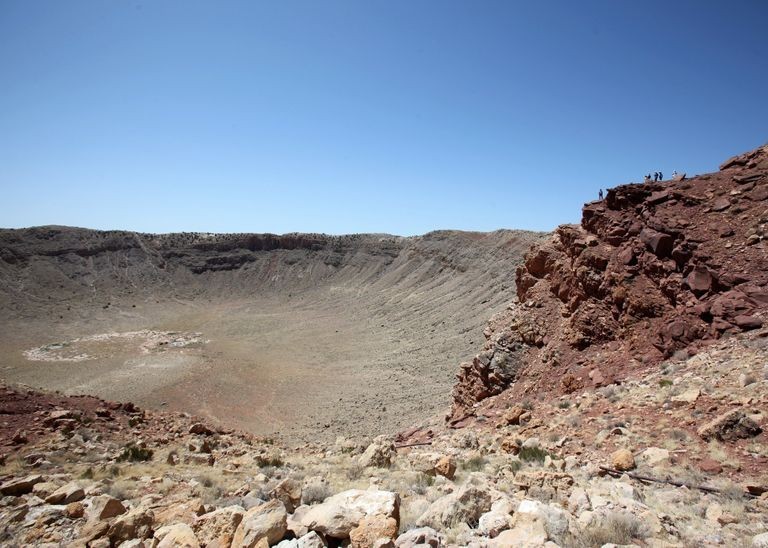
A direct impact from Bennu would undoubtedly cause significant destruction, but it is unlikely to trigger a global extinction event. This perspective is vital for a balanced understanding of the potential risks.
Near Certainty
The prospect of an asteroid impact on Earth in the future is a statistical certainty, given the vast number of celestial bodies in the solar system and the long geological timescale. The uncertainty lies in whether humanity will be present to witness such an event and whether our technological advancements will be sufficient to prevent it.

Nevertheless, the investigation of asteroids like Bennu is of utmost importance. It not only aids in planetary defense but also enriches our understanding of the universe. Scientific examination of space rocks holds the key to unveiling the history of our solar system.








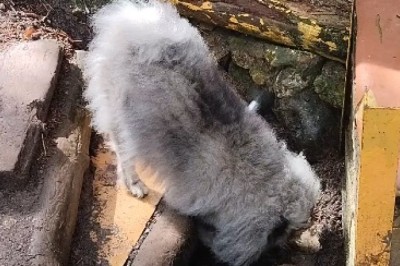



Comments
0 comment